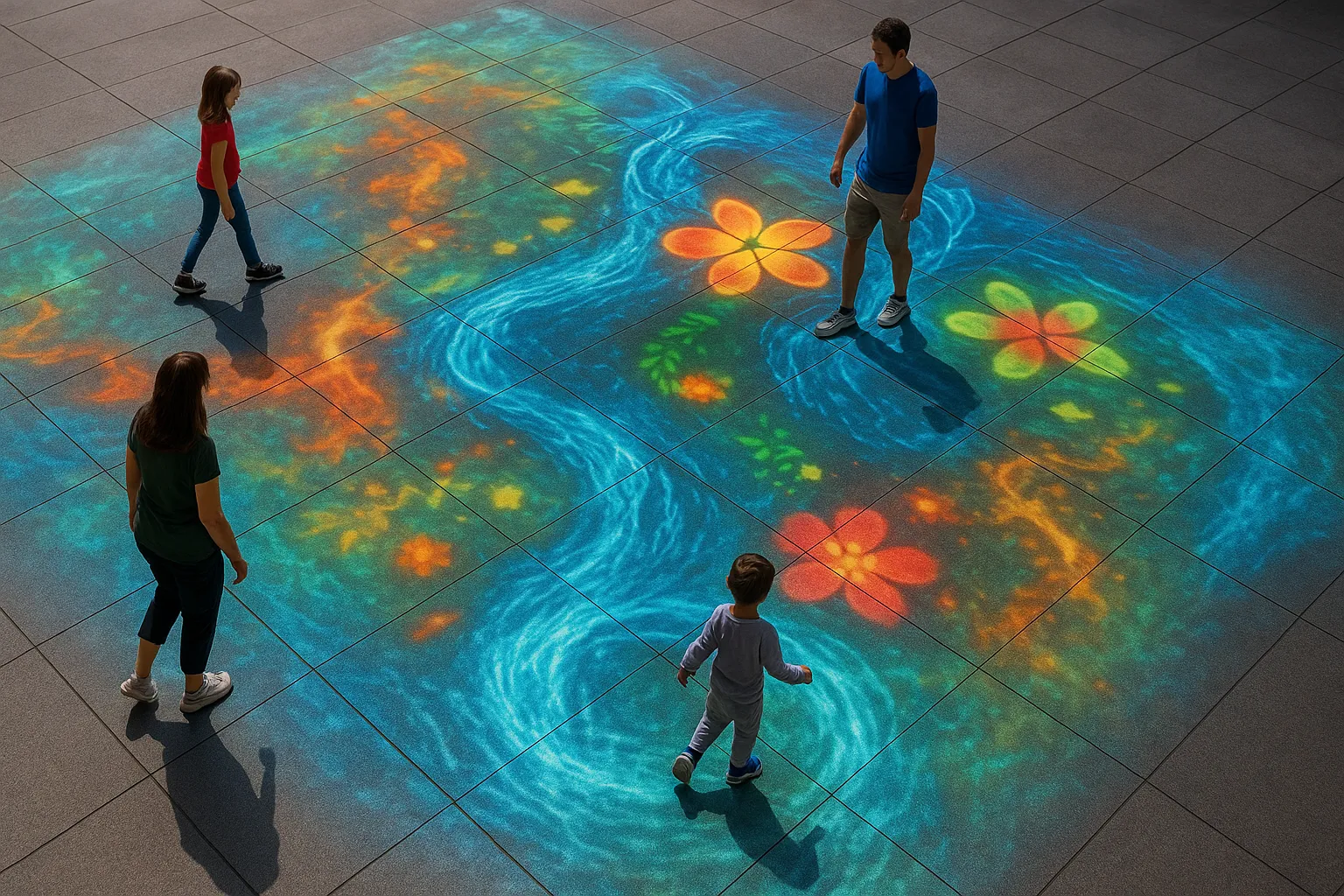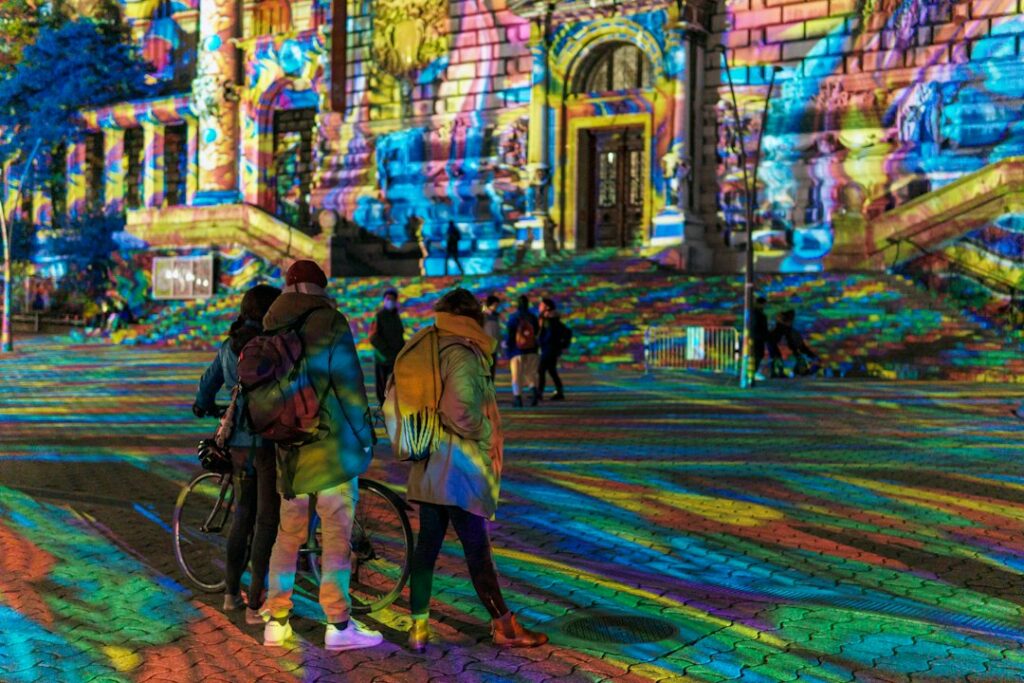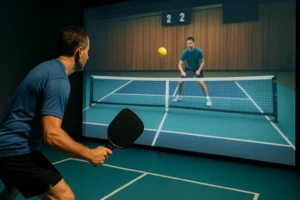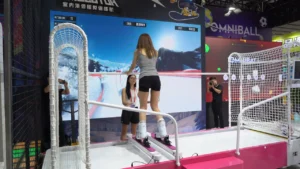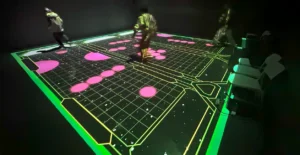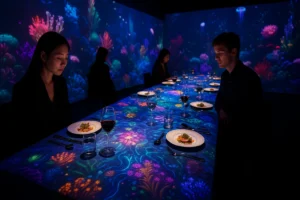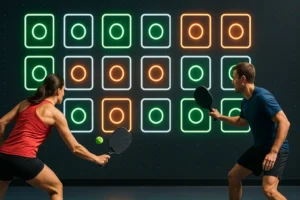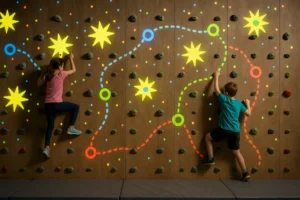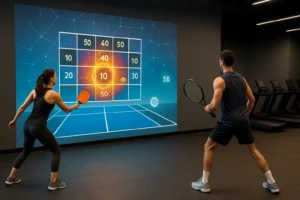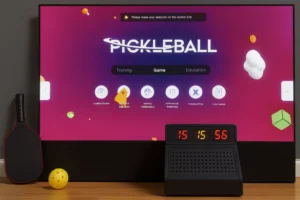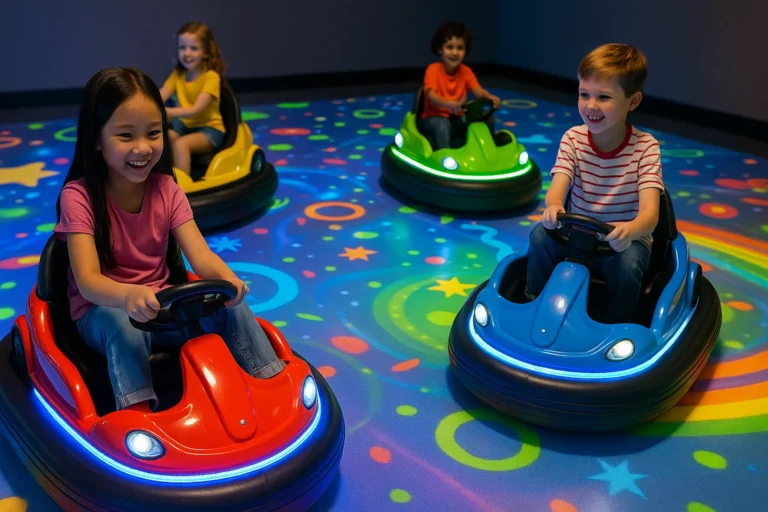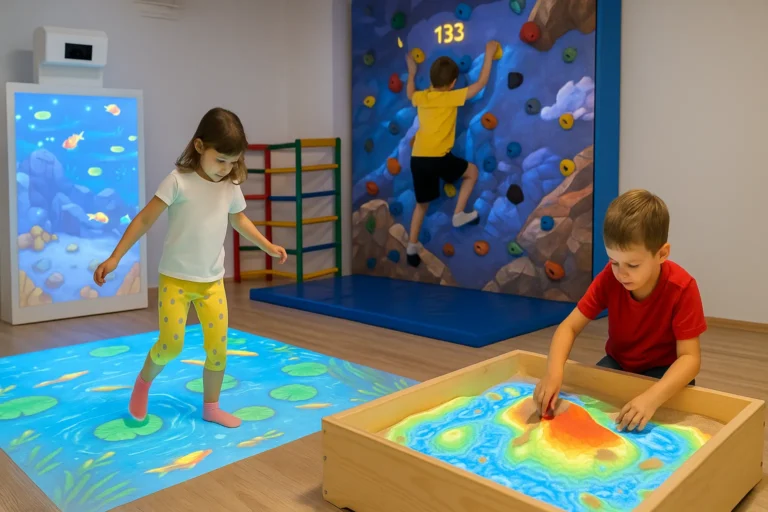Why Do Outdoor Plazas Need Interactive Floor Projection Solutions? 🌍
Modern plazas are no longer just open spaces; they have become dynamic venues for entertainment, engagement, and commercial opportunities. For interactive floor projection solutions in plazas, technology plays a central role in transforming an ordinary space into an interactive hub. With the right system and software, plazas can host the latest interactive games, offer engaging touch-enabled displays, and create entertainment applications that capture public attention.
What Is the Customization Process for Interactive Floor Projector Software? ⚙️
The customization process starts with software development tailored to client needs. A professional supplier or manufacturer, such as onecraze (visit us at onecrazemedia.com), works with plaza managers or city officials to design a complete interactive system.
- Step 1: Requirement Analysis
What kind of games or visual effects will the plaza showcase? Do they want the hottest trends in motion games or simple animations? This stage helps define goals. - Step 2: Hardware Selection
Depending on the price range and plaza size, the company decides whether to use projection technology or LED panels. - Step 3: Software Customization
The software is programmed to integrate with sensors, touch-enabled displays, and motion tracking systems to ensure responsiveness. - Step 4: Testing & Deployment
Before final order delivery, the supplier runs system tests to check durability, weather-resistance, and real-time responsiveness. - Step 5: Store & Service Setup
After installation, plaza owners can manage the system, update games, and buy additional modules from the company’s store.
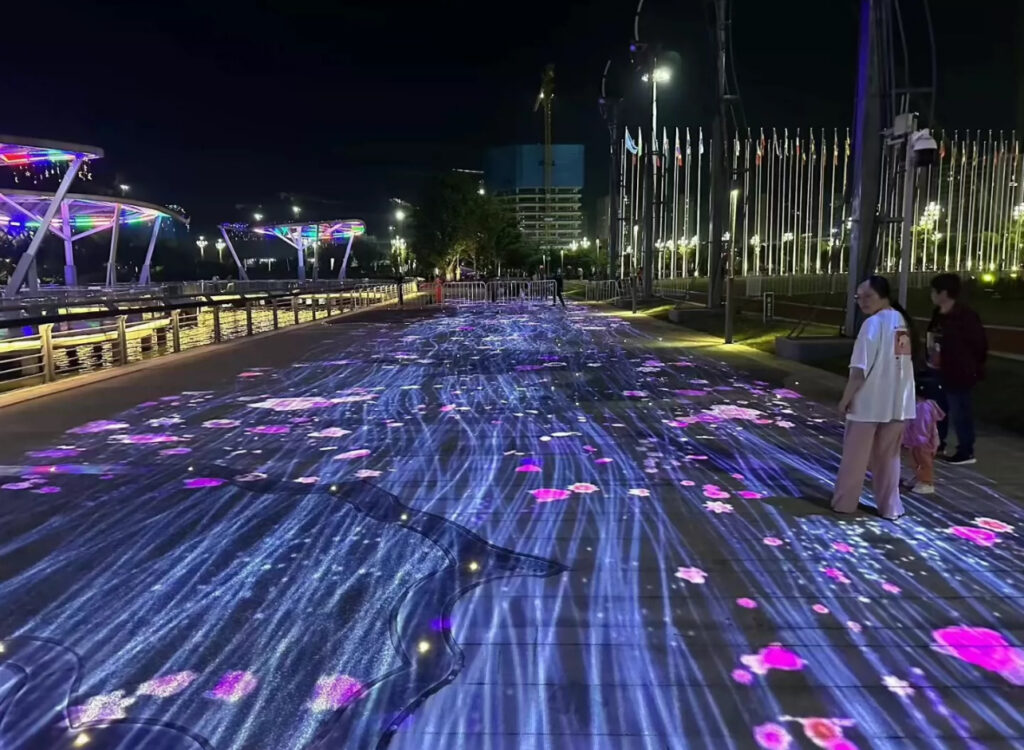
Is LED Display Screen or Projection More Suitable for Plazas? 📊
Here’s a quick comparison 👇
| Feature ⚖️ | LED Display Screens | Projection Systems |
|---|---|---|
| Brightness 🌞 | Excellent visibility even in direct sunlight | Requires shading for clear visibility |
| Price 💲 | Higher initial cost, but long-lasting | Lower upfront price, but may need more maintenance |
| Durability 🛡️ | Waterproof, impact-resistant | Sensitive to weather and physical damage |
| Software Integration 💻 | Seamless with touch-enabled game systems | Highly adaptable but requires calibration |
| Best Use Case ✅ | Permanent, high-traffic plazas | Temporary or shaded plaza installations |
How Do Touch-Enabled Displays Enhance Interactive Floor Projectors? 🖐️
The success of an interactive plaza game system depends heavily on responsiveness. Touch-enabled displays for interactive floor projectors allow users to step, swipe, or move their body to interact with the game or animation.
- They improve engagement by making the experience more immersive.
- They support multiplayer modes, where several participants can interact simultaneously.
- They allow software updates, so plazas can buy or order the latest games from the manufacturer’s online store.
What Are the Main Entertainment Applications in Outdoor Plazas? 🎉
Plazas have countless entertainment applications with interactive floor projectors. Companies, event organizers, and plaza managers often request customization for the following:
- Interactive Games for Kids 👦👧
Motion-based games encourage children to jump, run, and interact with playful characters. - Advertising Campaigns 🛍️
Retailers buy advertising space to promote their hottest products directly through plaza projection systems. - Public Events & Festivals 🎶
The best projection systems can transform a floor into a stage for music festivals, cultural shows, or sports-themed games. - Corporate Branding 💼
Manufacturers can customize software to display logos, slogans, or interactive brand games.
How Do You Choose the Best Supplier or Manufacturer? 🏢
Finding the right supplier or manufacturer is critical. Plaza managers should look for:
- A company with a track record of delivering durable systems.
- Transparent price listings with clear order options for both projection and LED.
- A store or online platform where new games and software modules can be bought.
- A support system that ensures updates for the latest technologies.
The price depends on plaza size, chosen technology (LED vs projection), and software complexity. LED is usually more expensive but offers long-term savings.
Yes, most manufacturers, including onecraze, provide a store where you can order and download the latest interactive games.
LED is generally more eco-friendly due to lower long-term energy consumption and durability, while projection may require frequent replacement of lamps.

